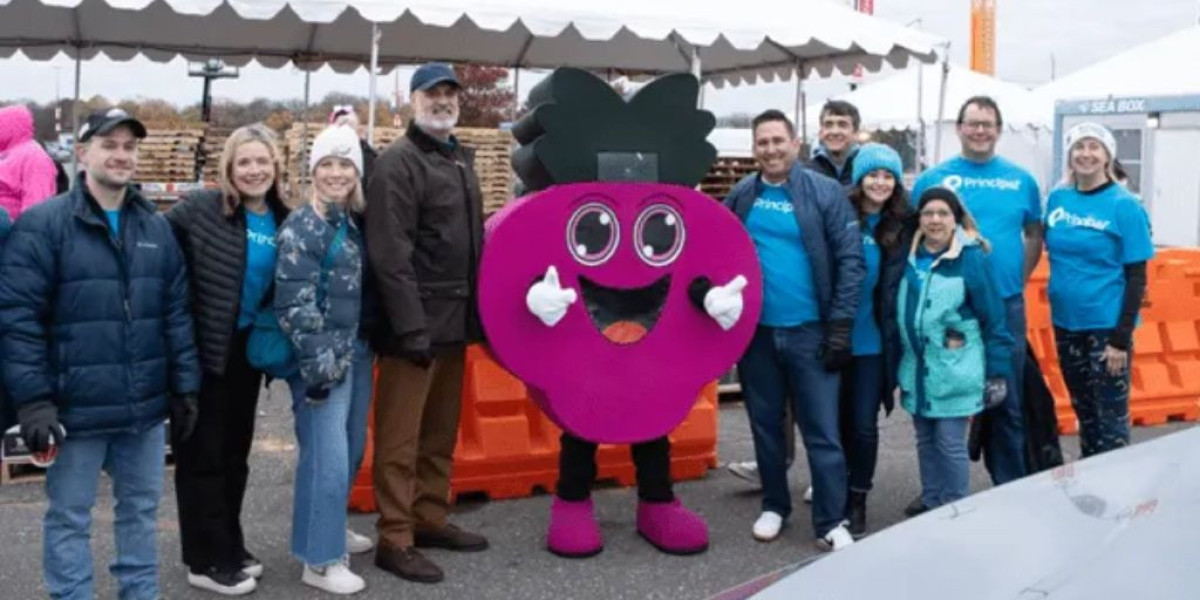Hunger looks quiet most of the time. You don’t see it on the way to work or scrolling through your phone. But it’s there. In packed lunches that don’t make it to Friday. In skipped breakfasts. In people choosing gas over groceries.
That’s what hunger nonprofits are built for—to fill those gaps when the system can’t.
The Bigger Picture Few People Talk About
In 2014, the U.S. government spent about $103 billion on food and nutrition assistance. One in four Americans took part in at least one of the fifteen federal food programs that year. It sounds like a lot—and it is—but the need didn’t stop there. Five programs carried almost all of that weight. Together, they became a safety net for millions of families and children.
Even with that much support, many still fall through. The USDA calls it food insecurity. It means not knowing if you’ll have enough safe, healthy food tomorrow. Not being able to buy it in a way that feels normal or acceptable. It’s the uncertainty that wears you down.
That’s the space where hunger nonprofits work. Quietly. Constantly.
Why Philanthropic Donors Step In
Philanthropic individuals often ask, “What difference can one person make?” A fair question. Then they see it—a pantry line stretching around the block. Volunteers packing boxes until their arms ache.
One donation keeps the lights on. Another fills the truck with milk, rice, and vegetables. Together, it adds up to something you can see. Something that feeds families today, not next week.
Groups like Philabundance know how to make that kind of giving count. They’re both a central hub and a local provider, moving food through their own pantries and to dozens of community partners. When you give, it doesn’t just reach one person. It travels. It multiplies.
The New Generation of Volunteers
College students and young professionals bring energy that changes everything. They show up on weekends, sometimes in groups, sometimes alone. They sort produce, label cans, haul boxes. They post about it later—not for credit, but to remind friends that this is what real impact looks like.
They don’t wait for perfect timing. They act.
Some of them donate too. Five dollars here. Ten there. Not much, maybe. But consistent. That’s the part that matters most. Hunger doesn’t pause after the holidays. So monthly donations don’t either.
Why Hunger Nonprofits Endure
You could call it structure. Or compassion. Or both. Hunger nonprofits last because they’re built on systems that work—part warehouse, part outreach, part hope.
Every morning, trucks roll out before sunrise. Pallets of canned goods, bread, and produce move through loading bays. Forklifts hum. Volunteers sign in. It looks like logistics, but it’s community in motion.
They track expiration dates, watch storage temps, coordinate deliveries. All the things that keep food safe and ready for the next family who walks in. That’s what makes them solid. Reliable.
And through that consistency, trust builds. Donors see where their money goes. Families know they can come back next week and there will still be food. That reliability—that promise—is what keeps hunger nonprofits alive.
The Work Never Really Ends
Families keep showing up. Volunteers keep stacking crates. Trucks keep rolling in.
That’s how hunger nonprofits survive—through small, steady acts of giving. A network of people who refuse to look away.
If you can, consider being part of that network. A recurring gift to Philabundance keeps their shelves stocked and their trucks moving.
Because hunger isn’t dramatic. It’s quiet. And it ends the same way it spreads—one small act at a time.
For more information about Best Charities To Donate To and Ways To Donate To Charity Please visit : Philabundance







